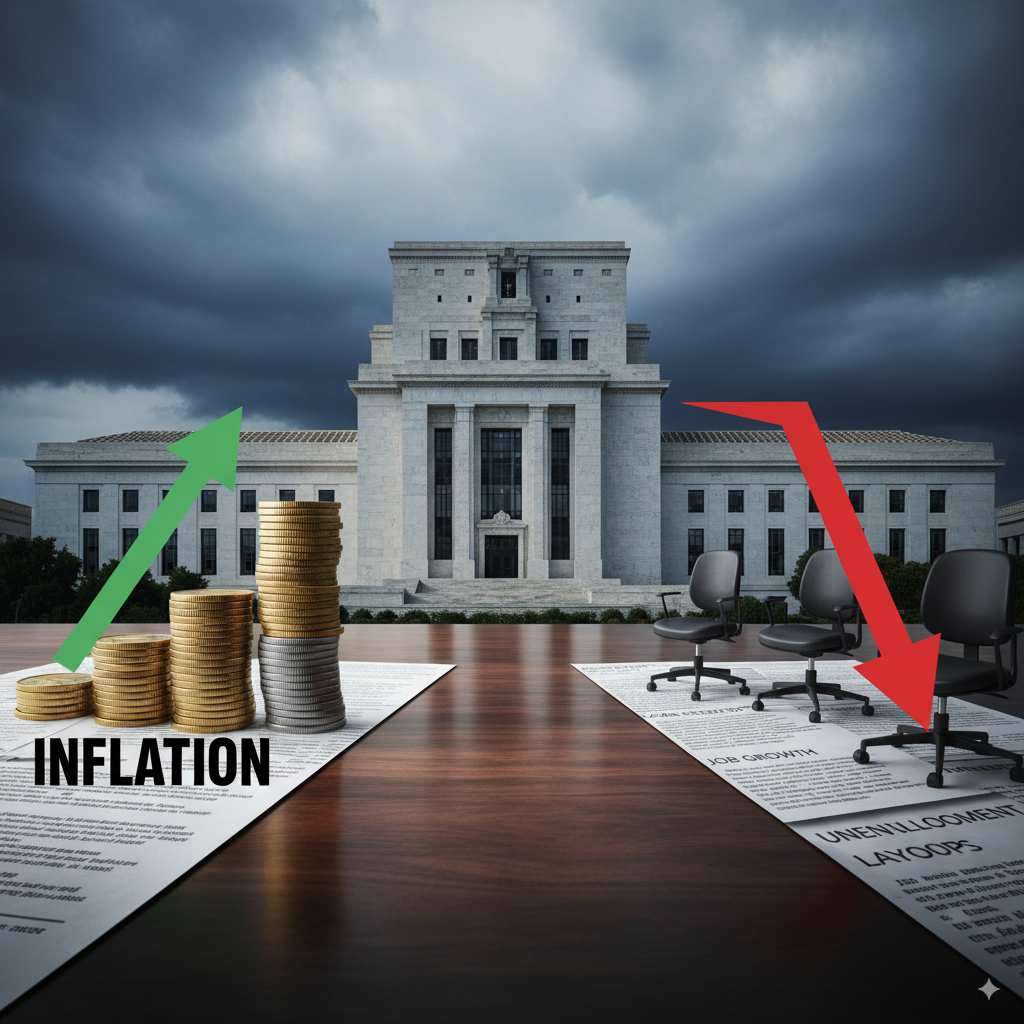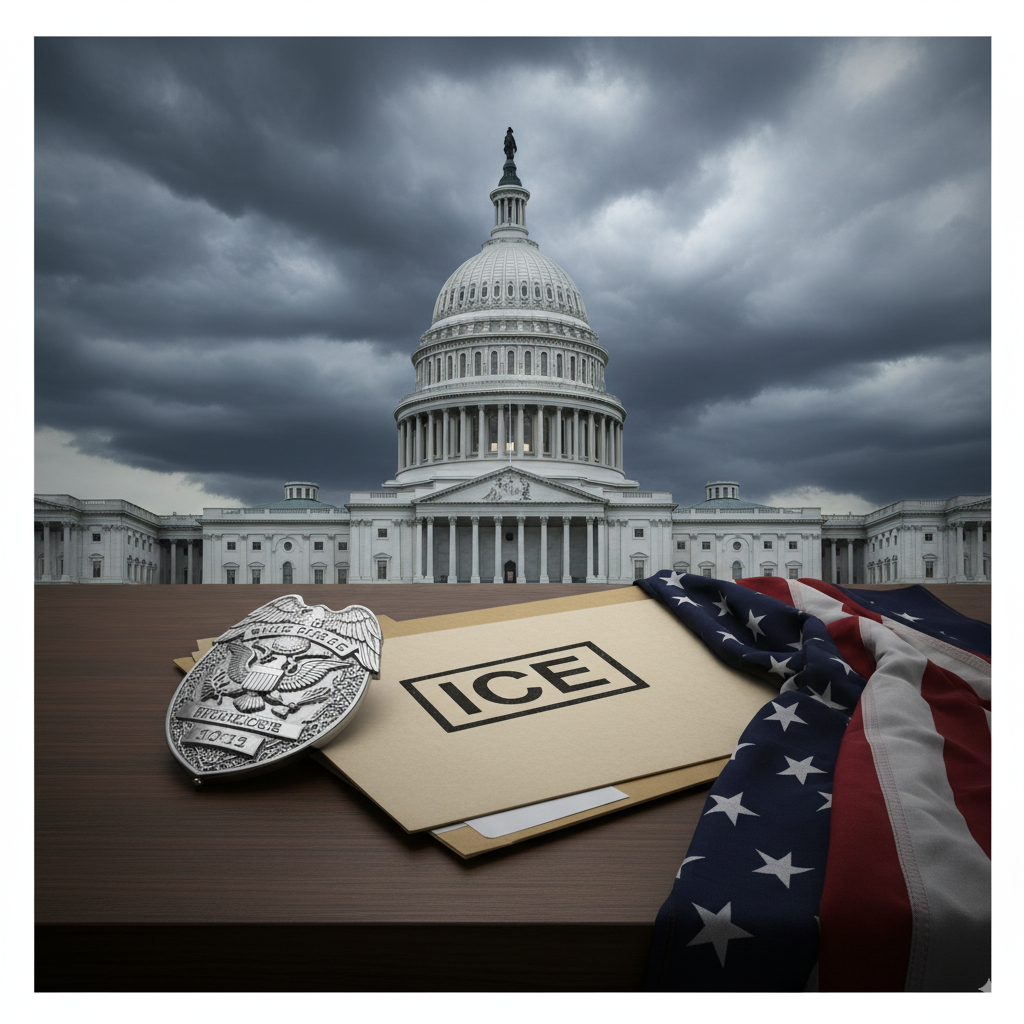Washington, D.C., September 15, 2025 — With inflation easing and the U.S. labor market showing signs of slowing, divisions have emerged inside the Federal Reserve over how aggressively to cut interest rates in the months ahead.
Inflation Down, Growth Cooling
Recent data shows inflation continuing to drift closer to the Fed’s 2% target after two years of elevated price pressures. At the same time, job growth has slowed and unemployment has edged up slightly, signaling that higher borrowing costs are weighing on businesses and households.
The Split Inside the Fed
- Cautious Camp: Several members of the Federal Open Market Committee (FOMC) are urging restraint. They argue that moving too quickly could risk a rebound in inflation if the economy stabilizes faster than expected. Their position reflects the Fed’s long-standing worry about repeating mistakes of the 1970s, when inflation re-accelerated after premature rate cuts.
- Aggressive Camp: Others believe the central bank needs to cut rates more decisively to prevent a sharper slowdown in hiring and consumer spending. They point to rising delinquencies on credit cards and auto loans, as well as weaker small-business confidence, as signs the economy could tip toward recession if borrowing costs remain high for too long.
Market Reaction
Financial markets have been volatile as investors parse Fed speeches for clues. Treasury yields fell last week on expectations of deeper rate cuts, while stock markets bounced as traders bet on cheaper credit. Futures markets now imply at least two cuts before year-end, though opinions differ on whether a larger move will come at the next meeting.
What’s at Stake
The Fed’s decision carries weight far beyond Wall Street. Lower rates would ease mortgage and loan costs for households but might also risk inflation creeping back. Higher caution would help lock in inflation progress but could deepen the slowdown in jobs and growth.
Economists say the balance is delicate: move too slow, and unemployment could spike; move too fast, and inflation could flare again.
The Road Ahead
Fed Chair Jerome Powell has acknowledged the internal split but stressed that decisions will remain “data-dependent.” The next policy meeting, scheduled for later this month, will be closely watched for signs of consensus.
Until then, the debate inside the central bank highlights the Fed’s most difficult balancing act in years: choosing between guarding against renewed inflation and preventing a sharper economic downturn.




